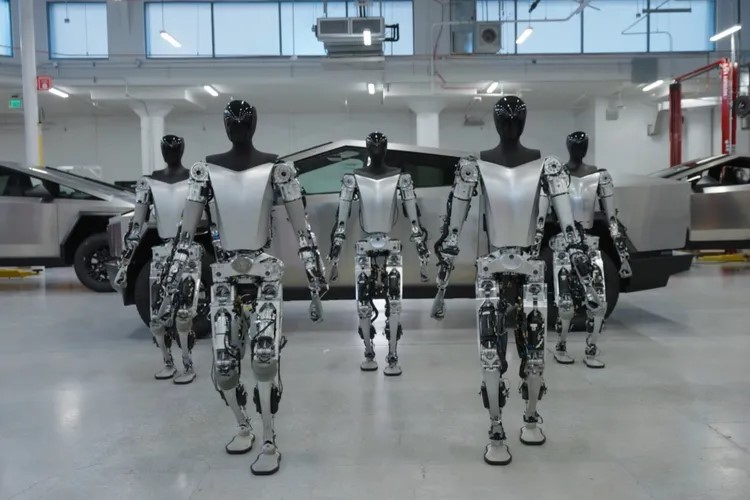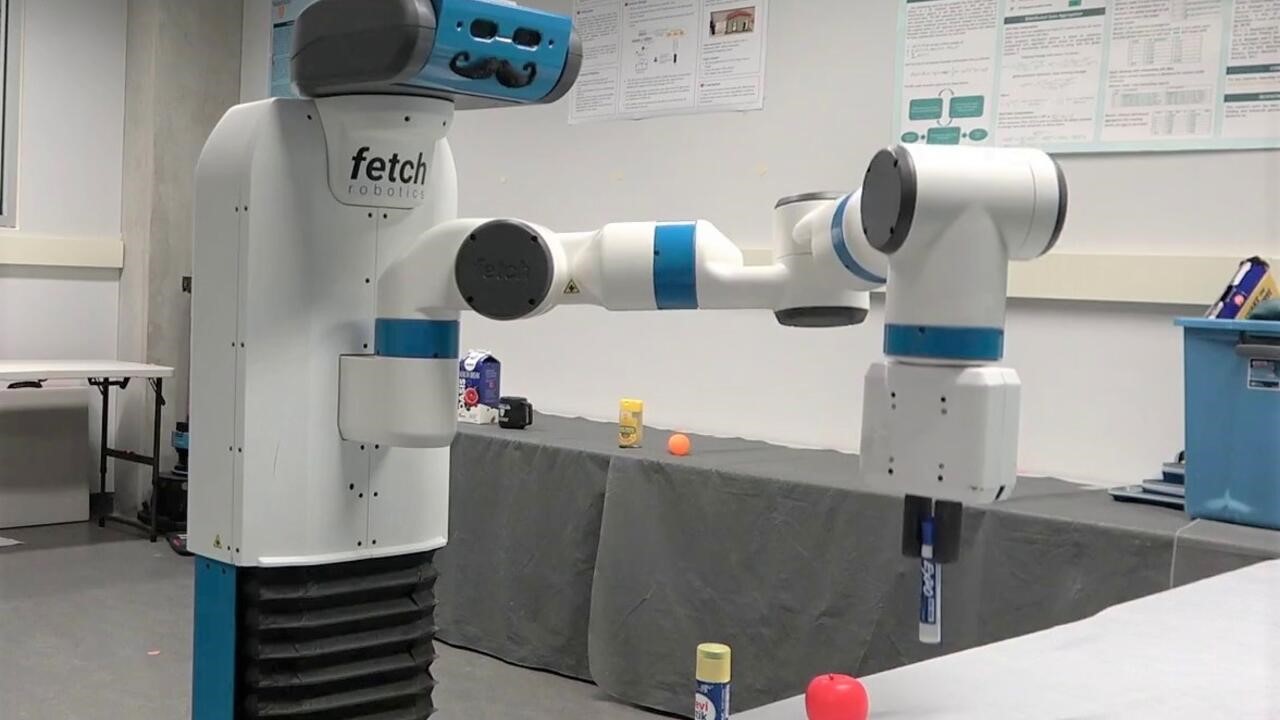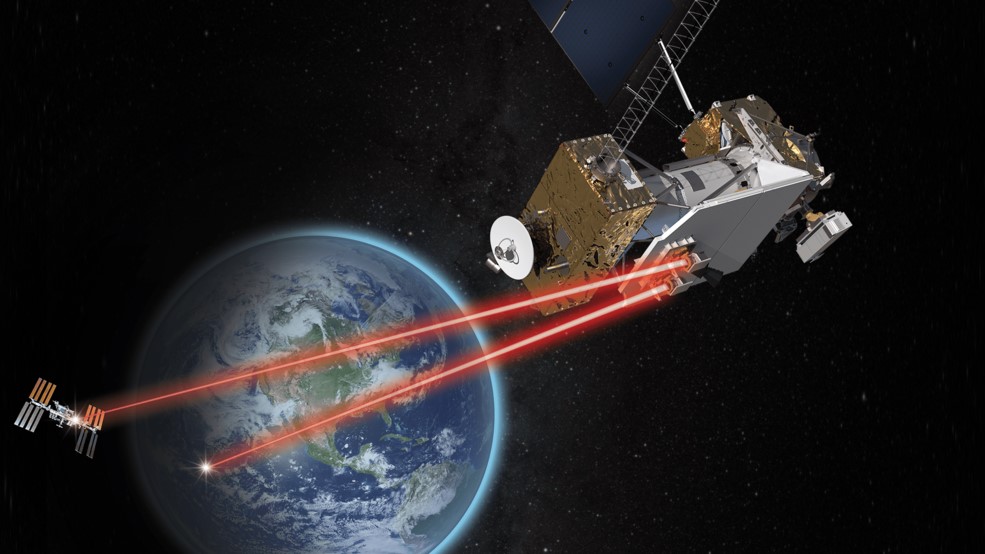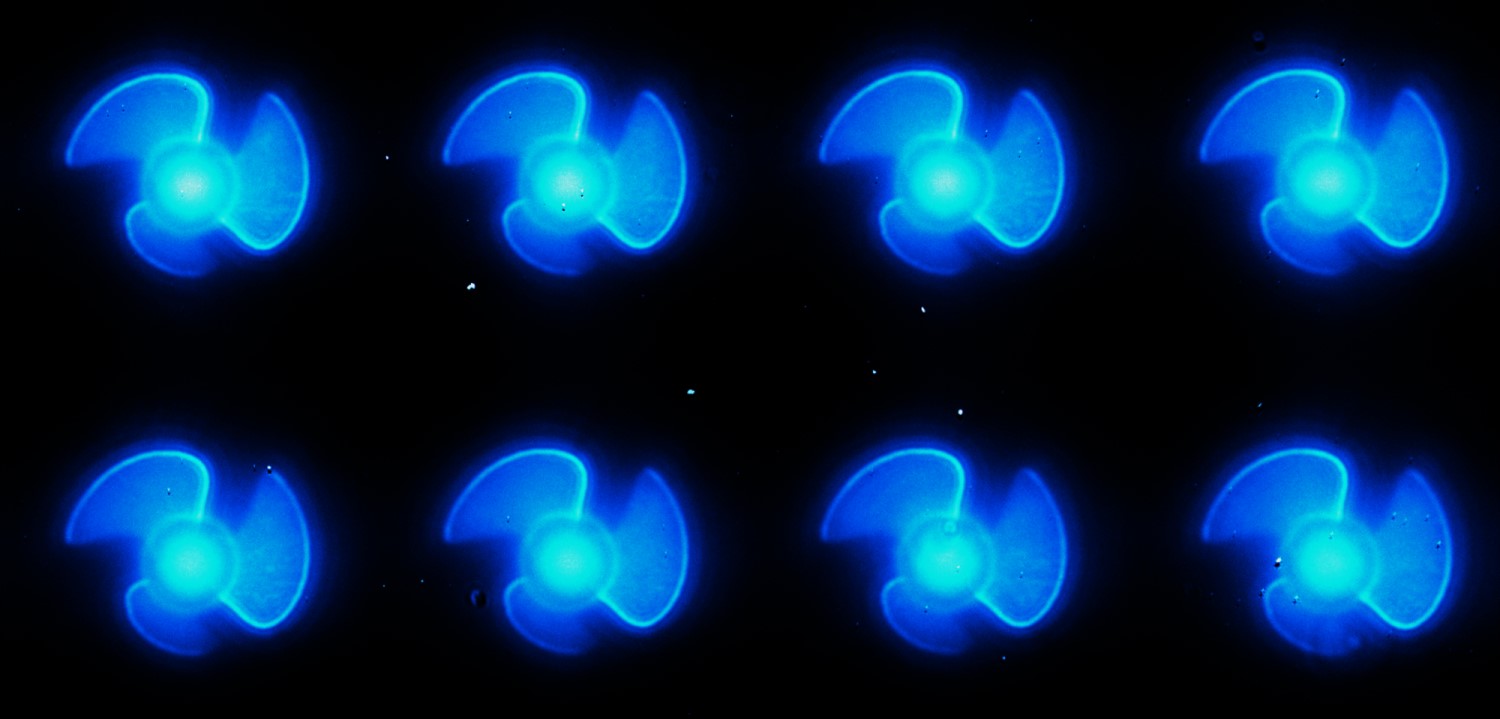Deep Tissue Monitoring with Wearable Technology
Engineers from the University of California San Diego have achieved a groundbreaking milestone by developing a cutting-edge wearable ultrasound system that seamlessly integrates into everyday attire. This pioneering technology enables the monitoring of deep tissues with unprecedented accuracy, even for individuals on the move. [1]

Figure 1. Wearable ultrasonic-system-on-patch. (Credit: Muyang Lin)
Figure 1 shows a wearable ultrasonic system-on-patch mounted on the chest for measuring cardiac activity. The recent publication of their research in Nature Biotechnology marks a significant milestone for the leading laboratory in wearable ultrasound technology. This breakthrough innovation holds immense potential for monitoring cardiovascular health, making it a crucial advancement in the field. [1]
“This project gives a complete solution to wearable ultrasound technology—not only the wearable sensor, but also the control electronics are made in wearable form factors,” said Muyang Lin, a Ph.D. candidate in the Department of Nanoengineering at UC San Diego and the first author on the study. “We made a truly wearable device that can sense deep tissue vital signs wirelessly.” [1]
The research emerges from the lab of Sheng Xu, a professor of nanoengineering at UC San Diego Jacobs School of Engineering and the corresponding author of the study. [1]
Building upon their expertise in soft ultrasonic sensor design, the team has achieved a remarkable feat with the fully integrated autonomous wearable ultrasonic system-on-patch (USoP). Unlike previous soft ultrasonic sensors that relied on tethering cables for data and power transmission, this groundbreaking innovation liberates users from mobility constraints. [1]
The research team incorporated a compact and flexible control circuit into their work, enabling wireless data transmission between an ultrasound transducer array and the system. By integrating machine learning, the collected data is effectively interpreted, enabling seamless tracking of moving subjects. [1]
Remarkably, the ultrasonic system-on-patch demonstrated the ability to continuously monitor physiological signals from tissues as deep as 164 mm. It successfully measured essential metrics such as central blood pressure, heart rate, cardiac output, and other physiological signals for up to twelve hours without interruption. [1]
“This technology has lots of potential to save and improve lives,” Lin said. “The sensor can evaluate cardiovascular function in motion. Abnormal values of blood pressure and cardiac output, at rest or during exercise, are hallmarks of heart failure. For healthy populations, our device can measure cardiovascular responses to exercise in real-time and thus provide insights into the actual workout intensity exerted by each person, which can guide the formulation of personalized training plans.” [1]
The USoP serves as a significant advancement in the realm of the Internet of Medical Things (IoMT), which encompasses a network of medical devices wirelessly transmitting physiological signals to the cloud for analysis, computing, and professional diagnosis. [1]
With their pioneering work in wearable ultrasound, the Xu lab has cemented its position as an early and influential leader in the field. Over the past few decades, ultrasound has garnered substantial attention and interest, thanks to technological advancements and the dedicated efforts of clinicians. The Xu lab's contributions have been highly regarded and recognized in this evolving domain. [1]
The Xu lab's groundbreaking achievement lies in their ability to transform stationary and portable devices into stretchable and wearable ones, thus catalyzing a significant transformation in the realm of healthcare monitoring. [1]
“Although we are engineers, we do know the medical problems that clinicians face,” Lin said. “We have a close relationship with our clinical collaborators and always get valuable feedback from them. This new wearable ultrasound technology is a unique solution to address many vital sign monitoring challenges in clinical practice.” [1]
While developing its latest innovation, the team was surprised to discover that it had more capabilities than initially anticipated. [1]
“At the very beginning of this project, we aimed to build a wireless blood pressure sensor,” said Lin. “Later on, as we were making the circuit, designing the algorithm, and collecting clinical insights, we figured that this system could measure many more critical physiological parameters than blood pressure, such as cardiac output, arterial stiffness, expiratory volume and more, all of which are essential parameters for daily health care or in-hospital monitoring.” [1]
Additionally, addressing the challenge of relative movement between the wearable ultrasonic sensor and the tissue target during subject motion, the research team devised a machine learning algorithm. This algorithm autonomously analyzes the received signals and selects the optimal channel for tracking the moving target, reducing the need for manual readjustments. [1]
However, it is important to note that when training the algorithm using data from one subject, the acquired knowledge may not be easily transferrable to other subjects. This limitation introduces potential inconsistencies and unreliability in the obtained results. [1]
“We eventually made the machine learning model generalization work by applying an advanced adaptation algorithm,” said Ziyang Zhang, a master’s student in the Department of Computer Science and Engineering at UC San Diego and co-first author on the paper. “This algorithm can automatically minimize the domain distribution discrepancies between different subjects, which means the machine intelligence can be transferred from subject to subject. We can train the algorithm on one subject and apply it to many other new subjects with minimal retraining.” [1]
Moving forward, the sensor will be tested among larger populations. “So far, we have only validated the device performance on a small but diverse population,” said Xiaoxiang Gao, a postdoctoral scholar in the Department of NanoEngineering at UC San Diego and co-first author on the study. “As we envision this device as the next generation of deep-tissue monitoring devices, clinical trials are our next step.” [1]
References:
- https://scitechdaily.com/engineers-develop-the-first-fully-integrated-wearable-ultrasound-system-for-deep-tissue-monitoring/
Cite this article:
Hana M (2023), Deep Tissue Monitoring with Wearable Technology, AnaTechMaz, pp.208















